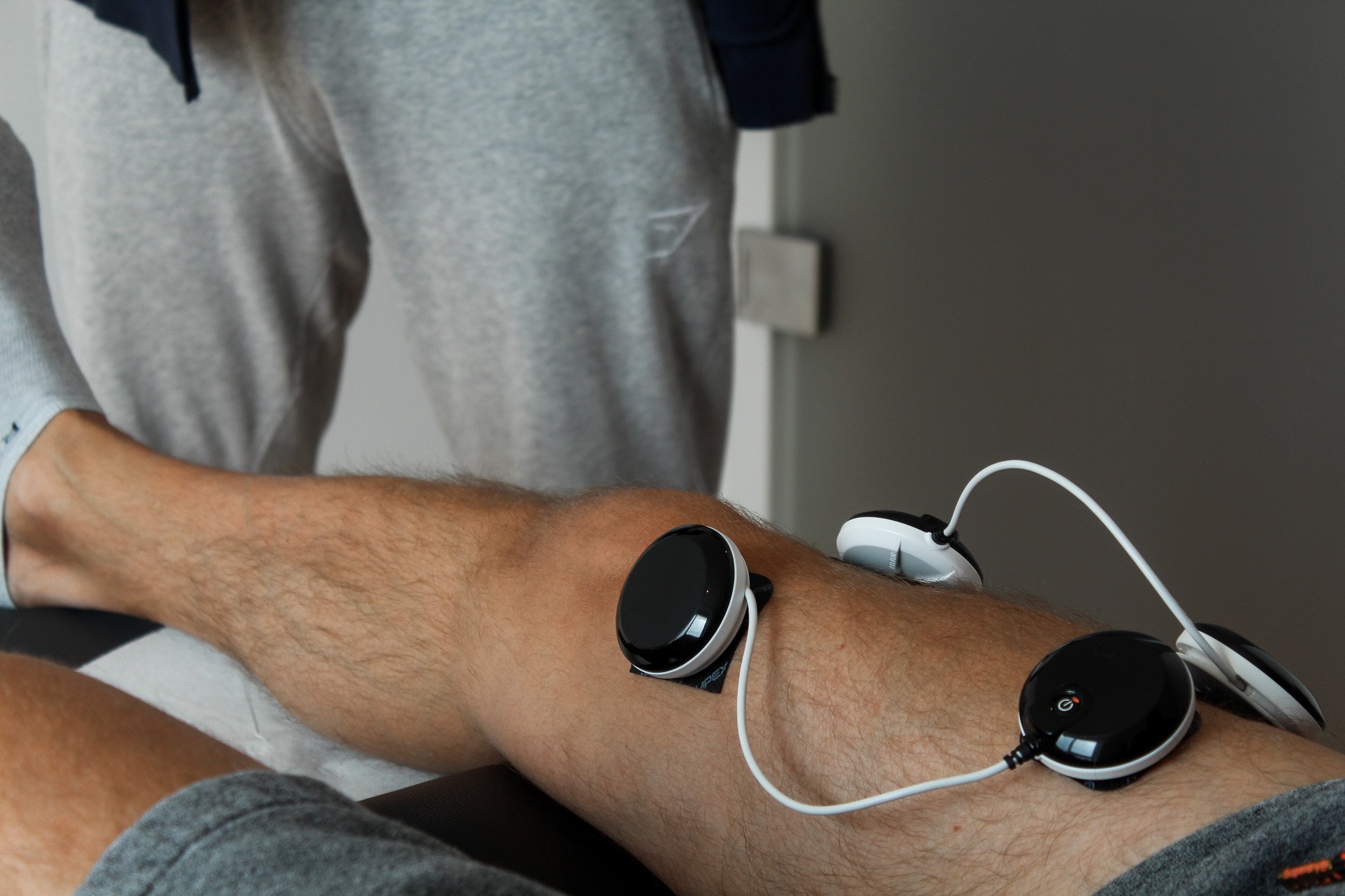Case Studies
Take a look at how we help our patients to achieve their goals, and reclaim their freedom
Case Study 01
Patient’s initial problem:
Patellofemoral Pain Syndrome (PFPS)
Patient’s goals:
1. Reduce pain and inflammation in the knee.
2. Improve strength and flexibility of the quadriceps, hamstrings, and hip muscles.
3. Correct any biomechanical imbalances or alignment issues.
4. Enhance overall knee function and mobility.
5. Prevent recurrence of symptoms.
Background
John Smith, a 42-year-old office worker and recreational runner, started experiencing pain in his right knee approximately six months ago. The pain was particularly noticeable during activities like running, squatting, and climbing stairs.
John initially tried to manage the pain with rest and over-the-counter pain medications, but the discomfort persisted, significantly impacting his ability to maintain his active lifestyle. Frustrated and concerned, John decided to seek professional help and booked an appointment with Powerbase Physiotherapy.
Initial Assessment
During his first visit, John described his pain as a dull ache that occasionally became sharper with specific movements. He rated his pain as 6 out of 10 on average, increasing to 8 out of 10 during physical activity. The physiotherapist conducted a thorough assessment, including a detailed history, physical examination, and functional movement analysis. Key findings included:
- Pain on palpation of the patella.
- Weakness in the quadriceps and hip abductors.
- Poor control of knee alignment during dynamic movements.
- Limited flexibility in the hamstrings and calf muscles.

Treatment Plan
Based on the assessment, the physiotherapist at Powerbase developed a comprehensive treatment plan tailored to John’s needs. The plan included the following components:
-
Modalities such as ice application and ultrasound therapy to reduce inflammation and pain.
Taping techniques to help alleviate pain by improving patellar alignment and stability.
-
Quadriceps strengthening exercises, including straight leg raises, quad sets, and mini-squats.
Hip strengthening exercises, such as side-lying leg lifts, clamshells, and resistance band walks.
-
Hamstring and calf stretches to improve flexibility.
Iliotibial band (ITB) and hip flexor stretches to address tightness contributing to knee pain.
-
Gait analysis and correction of any abnormalities in John’s running technique.
Education on proper footwear and potential use of orthotics to improve lower limb alignment.
-
Progressive exercises to enhance functional movement patterns, including step-ups, lunges, and balance drills.
Gradual return-to-running program, focusing on proper warm-up, cool-down, and pacing strategies.
Progress and Outcomes
-
John felt frustrated and anxious about his knee pain. He was concerned about the long-term impact on his running and daily activities. The pain affected his mood and limited his participation in social and physical activities, leading to a sedentary lifestyle.
-
Throughout the treatment process, John experienced a gradual reduction in pain and an improvement in knee function. He appreciated the personalised approach and the clear communication from his physiotherapist. John found the exercises challenging but rewarding, and he diligently followed his home exercise program. Regular follow-ups allowed for adjustments to his plan, ensuring continued progress.
-
After three months of consistent physiotherapy, John reported significant improvements. His pain levels decreased to 1-2 out of 10, and he could resume running without discomfort. John felt more confident in his knee’s stability and strength. He also noticed improved posture and movement patterns, which reduced the strain on his knee during daily activities. Overall, John felt empowered by the knowledge and skills he gained during his treatment at Powerbase Physio Clinic, and he was committed to maintaining his exercises to prevent future issues.

Testimonial
“I have known Ross for more than a year now and he has totally changed the way I cope with my recurrent injuries or inflammations. He has given me confidence, with quick and precise diagnosis and treatments. I will never be grateful enough!”





